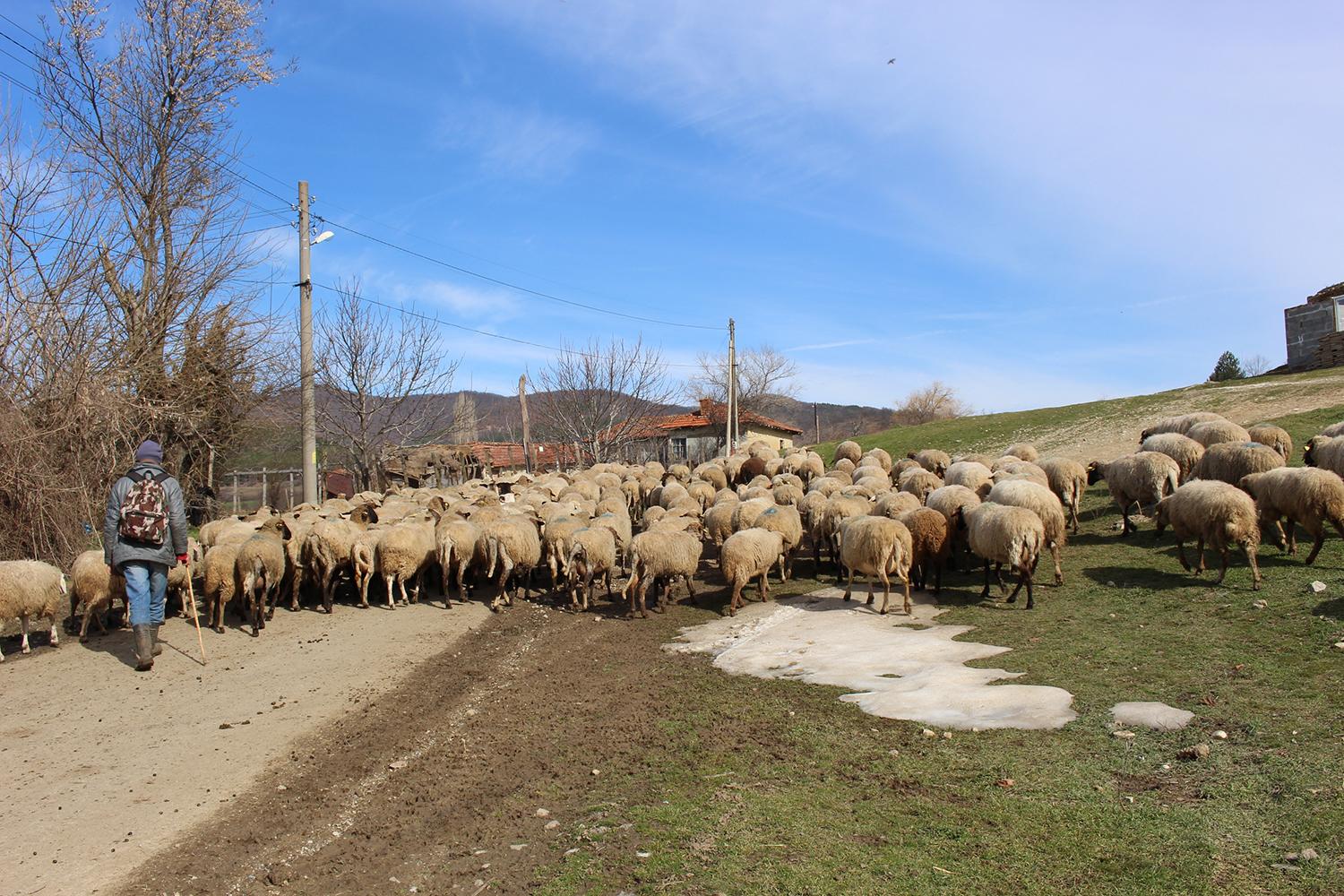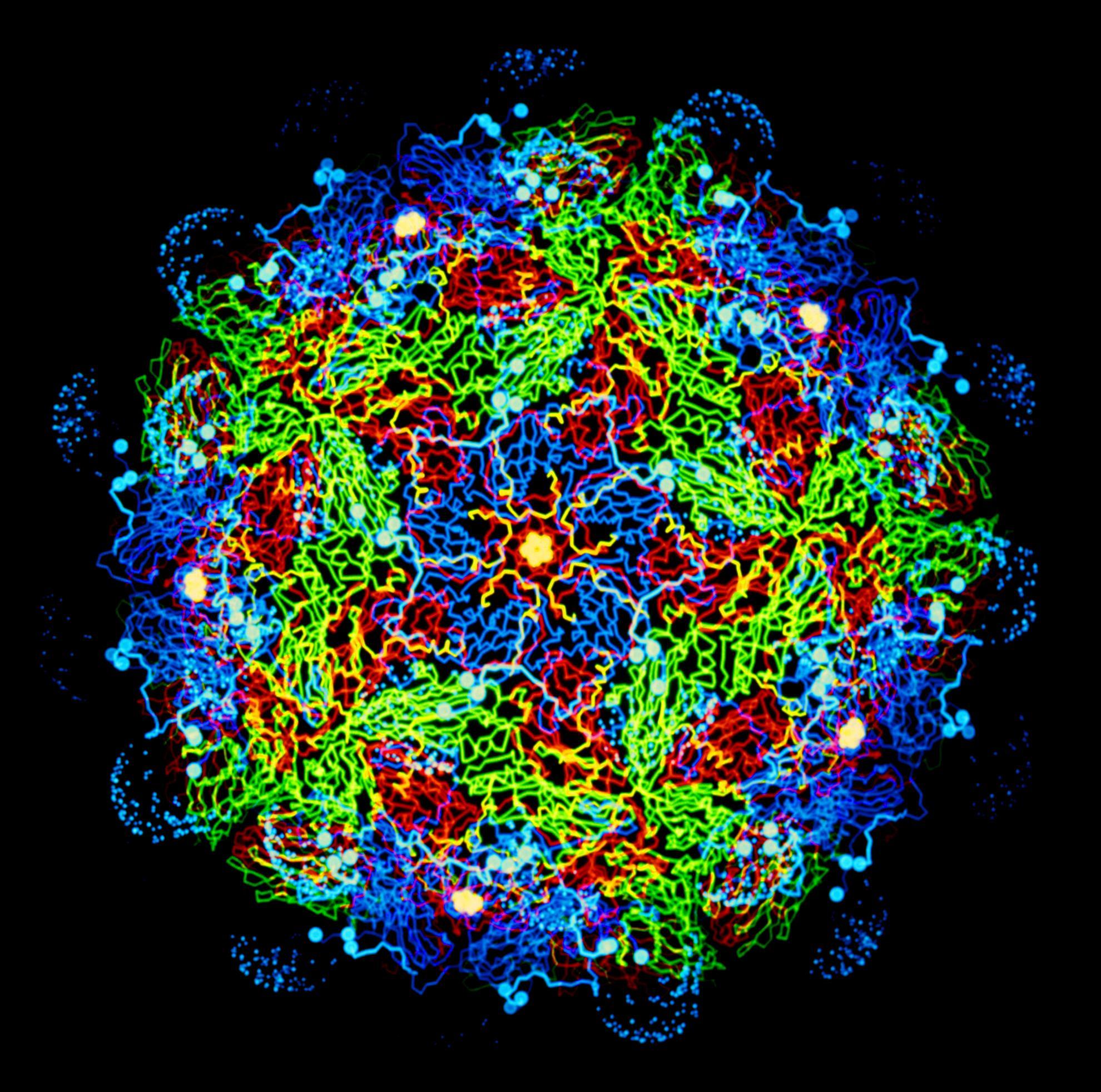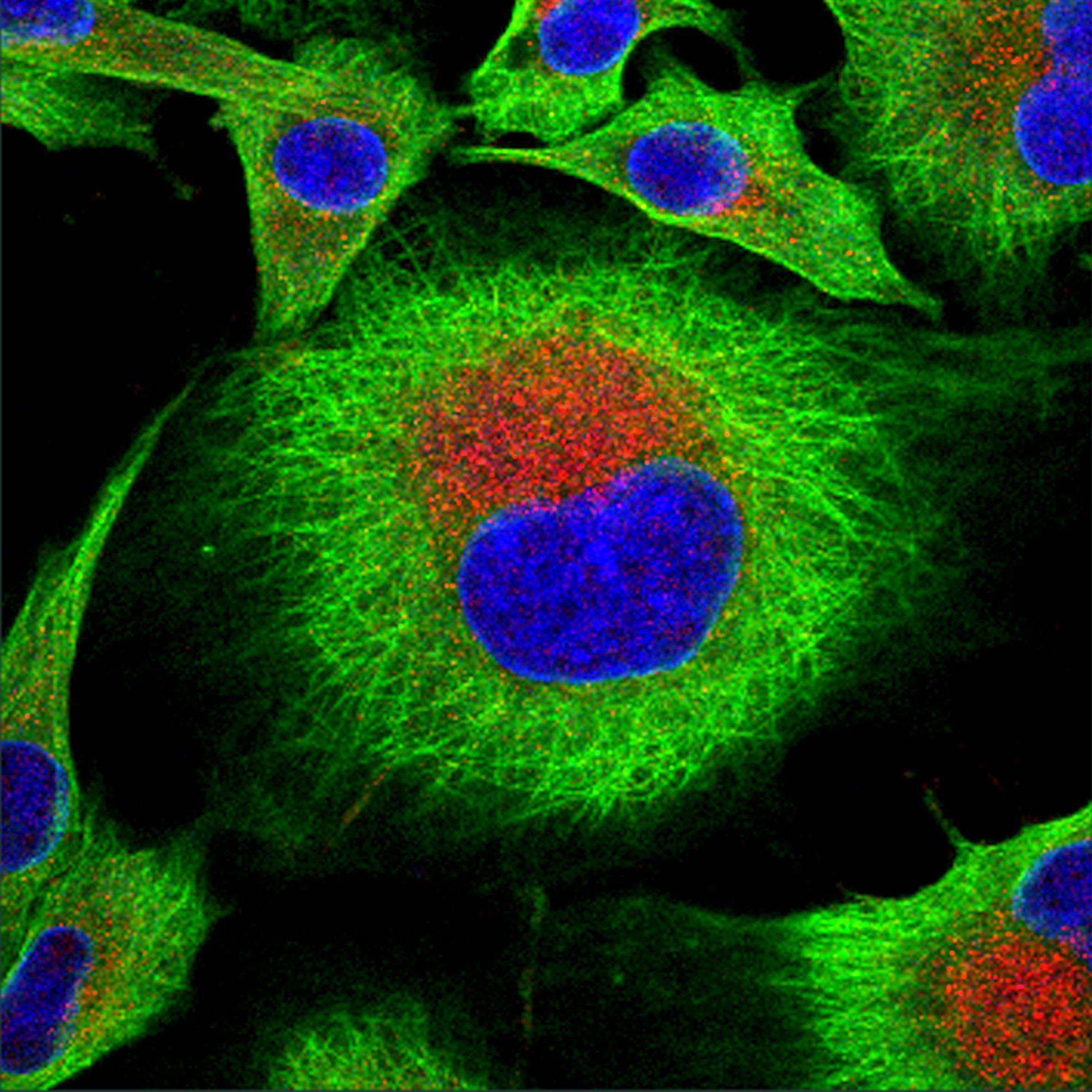Crimean-Congo haemorrhagic fever (CCHF) is a severe tick-borne disease with a high mortality rate in humans and is considered a priority emerging disease by the World Health Organization (WHO).
In addition to humans, the Crimean-Congo haemorrhagic fever virus (CCHFV) also infects wild and domestic animals such as cattle, sheep and goats.
Humans can become infected with CCHFV through the bite of an infected tick or exposure to blood or fluids of infected animals or humans. Ticks of the genus Hyalomma, are the main vectors for CCHF.
Animals which are infected by the virus do not display clinical signs, allowing the virus to circulate undetected in animal populations, facilitating its spread to humans.
The disease was first characterised in the Crimea in 1944 and was then later recognized in 1969 as the cause of illness in the Congo, resulting in the disease name. CCHFV has an extensive geographical distribution, being endemic in parts of Africa, Asia, Eastern Europe and the Middle East.
Clinical signs
- Fever
- Myalgia (muscle ache)
- Dizziness
- Neck pain and stiffness
- Backache
- Headache
- Sore eyes and photophobia (sensitivity to light)
- Early signs: nausea, vomiting, diarrhoea, abdominal pain and sore throat early on, followed by sharp mood swings and confusion.
- After two to four days: sleepiness, depression and lassitude, upper right quadrant abdominal pain and detectable hepatomegaly (liver enlargement).
Other signs:
- Tachycardia (fast heart rate)
- Lymphadenopathy (enlarged lymph nodes)
- Petechial rash (a rash caused by bleeding into the skin)
- Ecchymoses (larger skin rashes) and other haemorrhagic phenomena
- Rapid kidney deterioration
- Sudden liver failure
- Pulmonary failure
CCHF outbreaks have a case fatality rate of up to 40%.
Virology
CCHFV is an arbovirus belonging to the genus Nairovirus in the family Bunyaviridae.
Pirbright's research on Crimean-Congo haemorrhagic fever
Pirbright researchers will be testing a sheep vaccine in the lab to control the reservoir of infection that results in human disease. The vaccine is made from a modified vaccinia Ankara virus expressing the CCHF viral glycoprotein, and developed by Public Health England.
Researchers will also test whether the vaccine prevents infection in sheep after natural challenge in a field study.
In order to design the vaccine study, they are conducting a series of epidemiological field studies to get a better understanding of the disease dynamics at farm level and get reliable prevalence estimates of the unvaccinated population.
Resources
- Visit Gov.uk for more information on Crimean-Congo haemorrhagic fever: origins, reservoirs, transmission and guidelines.




